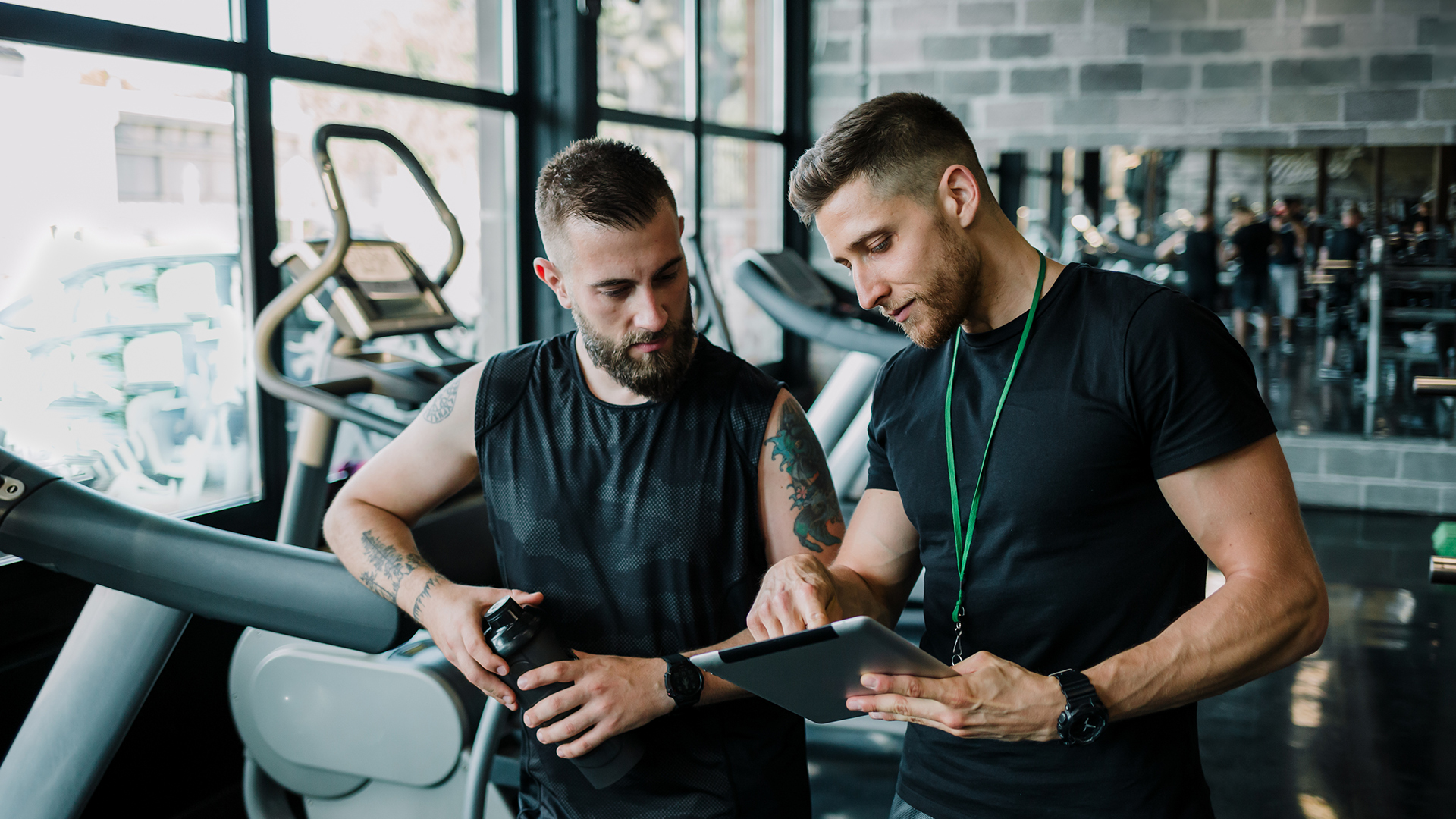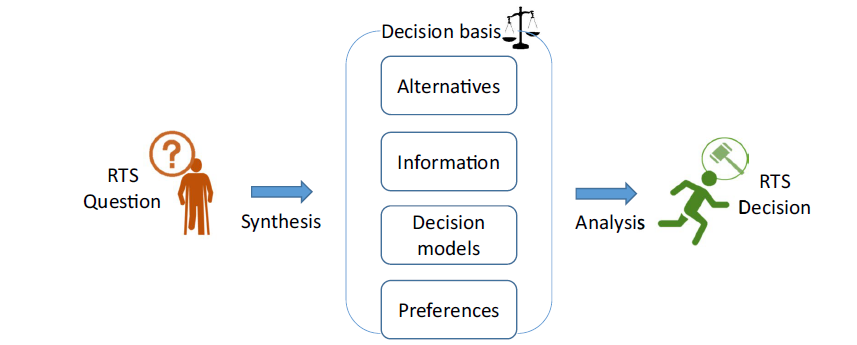
How to Optimize Sport Rehabilitation Outcomes Using Plantar Pressure Mapping
Sports rehabilitation is a multifactorial and complex process that requires a team approach where professionals work together to bring the athlete or player to a safe and healthy return-to-sport (RTS).
The process of rehabilitating a sport injury is a complex and adaptive system, which is a term used in biological science to describe systems comprised of several components (i.e. multi-components in nature). These systems interact with each other and their environments and result in an emergent new pattern or behavior.
Recently, the complex systems concept has gained more and more interest in the field of sport science and human performance. It describes the occurrence of injury and the process of RTS decision. In the context of rehabilitation and RTS, all the factors (units) interacting with each other can include age, wellness, stress, history of previous injuries, etc. The system emerging from these interactions can lead to the emergence of other systems within systems (Rickles, Hawe, & Shiell, 2007) that can be categorized based on their characteristics like biomechanics, psychology, and physiology (Yung, et al., 2022).
An example of how these factors interact within the systems in a multilevel and hierarchical organization as it relates to RTS decision can be found below in Figure 1.
Return-To-Sport (RTS) Decision-Making Process
The process of RTS is very complex in nature, with a non-linear path that is characterized by the interaction of many factors (Putukian, 1998).
Yung, et al. (2022) identifies three primary domains to test and improve the quality of the RTS decision:
- Assess the methodological soundness of the tests chosen;
- Identify potential deviations from normative decision models; and
- Implement shared decision-making.
Figure 1. A multilevel system map with factors related to RTS decision in anterior cruciate ligament injury (image from Yung, et al., 2022)
They also suggest a four-step framework to check the quality of the decision-making process of RTS based on the following aspects (Figure 2):
- The alternatives refer to the various options that a decision-maker has in the context of RTS;
- The information refers to the knowledge that may be important for the final decision (i.e. the results of various tests);
- The decision models refers to the models that describe how a decision could be made;
- The preferences refers to multiple aspects of the decision including consideration of the value (i.e. how much the RTS means to the athlete or team), the time (i.e. how important it is to play) and the risk (i.e. how much re-injury risk can be tolerated).
Figure 2. Steps for evaluating a RTS decision (image from Yung, et al., 2022)
Plantar Pressure Mapping in Sports Rehabilitation & Return-To-Sport (RTS)
In methodological applications, plantar pressure mapping technology represents one of the best fits into the decision-making process for RTS.
The multifactorial nature of the data and information obtained by plantar pressure assessment in biomechanics, as well as the ability to analyze how the complexity of the foot interacts with the ground as an amplifier of the force and motion of the various segments above (knees, hips, spine, shoulders), makes the technology a fundamental support for practitioners and decision-makers involved in the RTS process.
References
- Yung KK, et al., Characteristics of Complex Systems in Sports Injury Rehabilitation: Examples & Implications for Practice, Sports Med Open. 2022 Feb. 22; 8(1):24.
- Yung KK, et al., A Framework for Clinicians to Improve the Decision-Making Process in Return-To-Sport, Sports Med Open. 2022 Apr. 13; 8(1):52.
- Putukian M, Return-To-Play: Making the Tough Decisions, Phys Sports Med. 1998; 26(9):25-7.
- Rickles D, Hawe P, Shiell A, A Simple Guide to Chaos & Complexity, Journal of Epidemiology & Community Health. 2007 Nov; 61(11):933-7.



